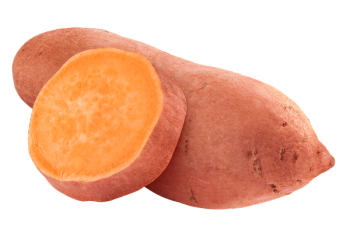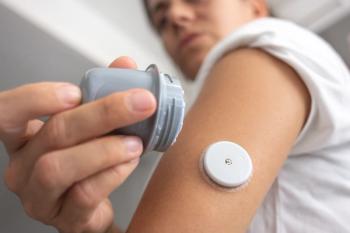News|Events|December 15, 2023
Revolutionizing Sample Extraction: 3D Printed Stir Bars Show Superiority in Extraction Efficiency
Author(s)LCGC Staff
In a recent study published in Analytica Chimica Acta, lead author Bin Hu from Wuhan University and a team of researchers examined three-dimensional (3D) printing technology.
Advertisement
In a recent study published in Analytica Chimica Acta, lead author Bin Hu from Wuhan University and a team of researchers examined three-dimensional (3D) printing technology (1). Their research presented how using fused deposition modeling (FDM) and a specialized porous filament printing feedstock can create stir bars without any modifications successfully (1).
Traditionally, 3D printing has found widespread applications across diverse fields. However, it has seen limited use in sample pre-treatment techniques (1). This study presented a way to reduce manufacturing costs and steps while improving preparation reproducibility. The newly printed stir bars the research team developed displayed exceptional adsorption capabilities across various substances with different structures and polarities (1).
The crux of the study revolved around the adsorption performance of 3D printed stir bars, particularly showcasing impressive results with five representative estrogens (1). The stir bars exhibited superior efficiency, boasting adsorption efficiencies exceeding 80% for the selected estrogens, outperforming commercial polydimethylsiloxane (PDMS) coated stir bars (1). Additionally, the 3D printed stir bars demonstrated significantly higher extraction recoveries (ranging from 73% to 81%) in a reduced time frame of 90 min compared to the 120 min required by commercial counterparts (1).
Along with higher extraction recoveries, the fabricated stir bars also displayed other unique characteristics. For example, the stir bars also demonstrated robust mechanical properties, preparation reproducibility (2.9–4.4%), and an extended lifespan (up to 160 uses) (1). Notably, the manufacturing cost per bar was substantially reduced to 0.064 dollars, offering a cost-effective alternative for mass production while maintaining consistent product performance (1).
Furthermore, the study proposed a novel method integrating stir bar sorptive extraction with high-performance liquid chromatography (HPLC) for trace analysis of estrogens in environmental water. Under optimized conditions, these 3D printed stir bars showcased linear detection ranges of 0.5–200 μg/L with impressively low limits of detection (0.13–0.17 μg/L) (1).
As a result, this study profiles the feasibility if FDM in stir bar fabrication. The implications extend to industries reliant on sample pre-treatment, offering a scalable and efficient method that ensures minimal differences in product performance during mass production (1).
This article was written with the help of artificial intelligence and has been edited to ensure accuracy and clarity. You can read more about our
Reference
(1) Zhu, N.; Wu, Z.; He, M.; Chen, B.; Hu, B. 3D Printed Stir Bar Sorptive Extraction Coupled with High Performance Liquid Chromatography for Trace Estrogens Analysis in Environmental Water Samples. Anal. Chimica Acta 2023, 1281, 341904. DOI:
Newsletter
Join the global community of analytical scientists who trust LCGC for insights on the latest techniques, trends, and expert solutions in chromatography.
Advertisement
Advertisement
Advertisement
Trending on LCGC International
1
Navigating Adverse Reactions in GLP-1 Treatment
2
Decoding Sweet Potato Drought Resilience: Metabolomic Evidence from UPLC-MS Profiling
3
Toward Safer Diabetes Devices: GC–MS Detection of Allergens in Sensors, Pumps, and Infusion Sets
4
Advancing RNA-Based Therapeutics: IQ Consortium Experts on Optimizing Chromatographic Bioanalysis
5






